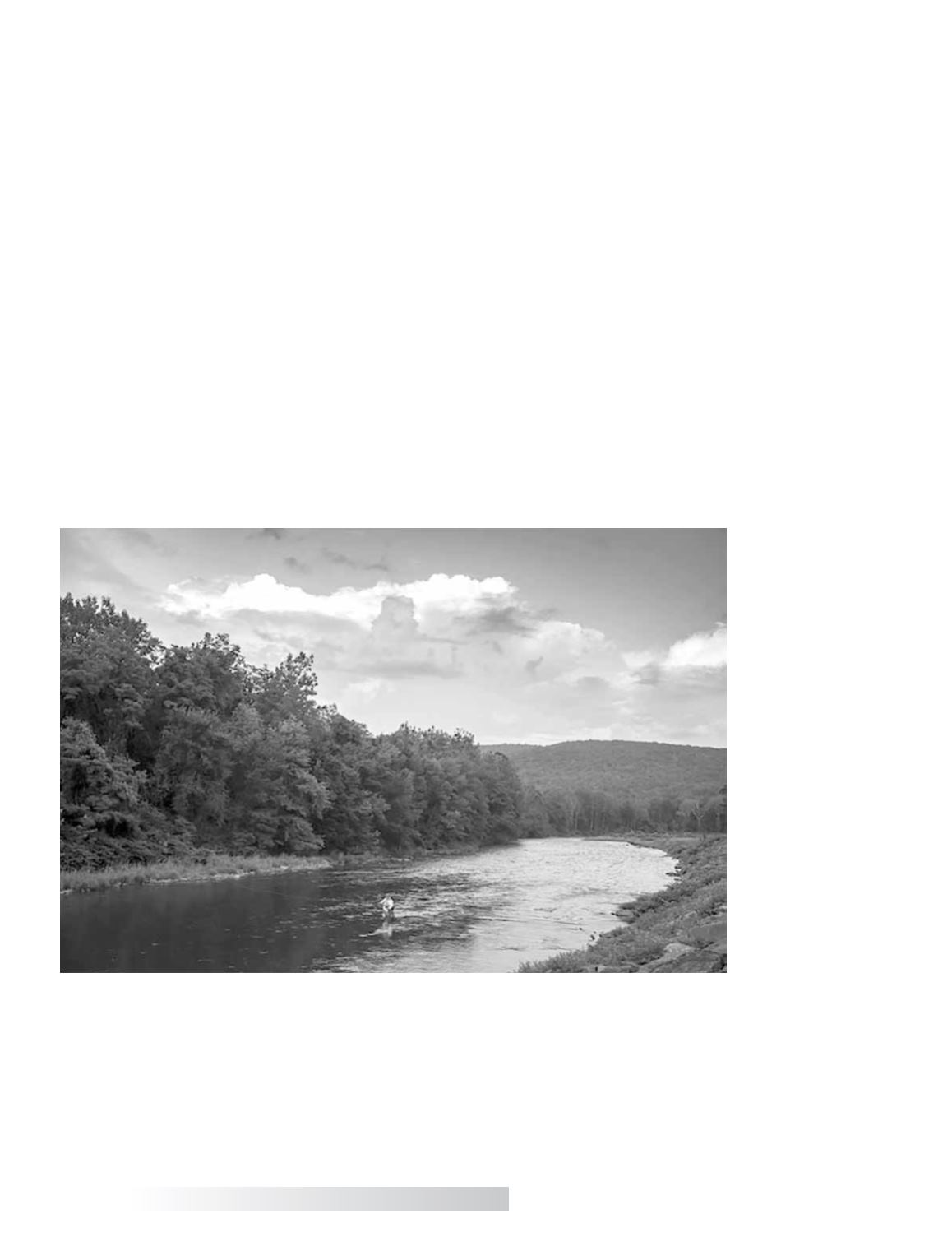

June 2018
49
boatingonthehudson.com
In the 1920s, when the Phoenicia Fish and Game Association was formed,
followed by the Upper Esopus Rod and Gun Club and Stony Clove Rod and
Gun Club, one of their goals was conservation and restoration of the land. On
Saturday, April 28, from 1 p.m. to 3 p.m., the Phoenicia Library will present
“Sporting Clubs, Saviors of our Catskill Rivers,” by Austin “Mac” Francis, author
of Catskill Rivers and Land of Little Rivers, and Bethia Waterman, co-founder of
the Jerry Bartlett Memorial Angling Collection and administrator of the library’s
Angling Parlor.
While issues such as gun control, the proposed Belleayre Resort project,
and the Ashokan Rail Trail tend to polarize local residents, it’s instructive to be
reminded that people on both sides of these controversies have always had
a love of the land and nature as their primary motivation. In the bylaws of the
Upper Esopus club, one of their purposes was “to promote protection of woods,
waters, and wildlife.” The clubs stocked the woods with game birds and the
streams with fish — over 177,000 fish in 1952 alone — and they fought legal
battles to restore health to the creeks.
In the 1970s, the Phoenicia club joined Catskill Waters, an organization formed
to protest the lack of regulation over the release of water from the Schoharie
Reservoir, through the Shandaken tunnel and into the Esopus Creek, aimed at
maintaining levels in the Ashokan Reservoir, part of New York City’s drinking
water system. New York City Department of Environmental Protection (DEP)
was opening and closing the portal according to the needs of the reservoirs,
creating a rapidly fluctuating environment on the Esopus. Excessive water flow,
which drove the fish into hiding, was followed by complete stoppage of water
that left the fish stranded and dying along the banks.
In 1976, Chuck Schwartz, president of the Phoenicia club, wrote to then state
assemblyman Maurice Hinchey, “I have personally rescued over a hundred wild
fingerling brown and rainbow trout along with various minnows, crawfish and
insect larvae. Other trout and their food were not so fortunate and were left
to dry out and die in the afternoon sun…These trout were wild, and consider
the tremendous amount of insect life which support these trout that were also
destroyed. This food cannot be replaced and it may take years to rebuild.”
After seven years of pressure, theNewYorkState legislature
passed regulations that required DEP to moderate the
release of water through the Shandaken portal, preventing
the intense fluctuations that were so devastating to the fish.
DEP fought the changes, but the legislation spearheaded
by Catskill Waters opened the way for regulation at other
reservoirs in the city water system.
One response to the degradation of the environment in
the 1800s was the purchase of tracts of land by wealthy
individuals. Conflict erupted between landowners and local
people who no longer had access to the land they had
hunted and fished for generations. When gamekeepers
caught poachers on property owned by Clarence Roof
in Neversink — where the Frost Valley YMCA camp is
now located — sympathetic juries refused to convict the
hunters. At least one trial was taken out of town, resulting
in a $70 fine for the poachers. “We think that was the start
of posting property,” said Waterman.
However, the wealthy landowners also formed private
sporting clubs that have contributed to the preservation
of rivers. The Anglers Club of New York, created in 1906,
has a conservation committee. “Most of the private clubs
own water,” said Francis, who described how Ed Van
Put of the New York State Department of Environmental
Conservation (DEC) approached private landowners on
the Lower Beaverkill and other streams. “He persuaded
them to sell access to the water so there could be fishing
on it by anyone, as long as they obeyed rules. All the clubs,
whether public or
private, do feel strongly
about
preserving
the pristineness, the
sanctity, the heritage
they’re part of.”
OnApril 28,Waterman
and Francis will go
deeper into the history
of local public and
private clubs, telling
stories of fishermen
and the activities of the
clubs, especially the
Phoenicia association,
organized by the
Breithaupts, Hillsons,
and Longyears. Their
talk will be recorded
by Silver Hollow Audio
through a grant from
Catskill
Watershed
Corporation (CWC),
which is funded by the
DEP. The grant is the
third in a series that has allowed lectures on the history
of fishing in the Catskills to be recorded and placed, along
with transcripts, on the Angling Parlor website. “It’s an
effective way of archiving local history,” said Waterman.
In last October’s program, Bob Decker described how
his father caught the elusive and wily fish known as Old
Bess in 1955, and Ed Kahil reminisced about growing up
at Rainbow Lodge in its heyday of hosting hunters and
fisherfolk. Fishing legend, author, and talented storyteller
Nick Lyons gave a second presentation in December.
Fly-fishing on the Esopus.
Photo: Dion Ogust

















